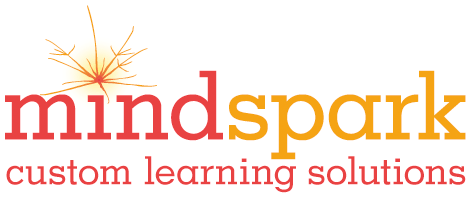“The score never interested me, only the game,” Mae West
A few weeks ago, I wrote about why games boost students’ learning. They soothe anxiety and calm the amygdala, making student brains receptive to learning. They make drill fun. They give students a way to beat the teacher. In short, they are a great tool, especially for drill or practice.
Games can be a quick five-minute review to start a lesson or to wrap up one, or they can be the core of practice in a lesson. When I work one-on-one with students, I usually play a game for at least ten or twenty minutes of a fifty-minute session. With that much time, you need to make sure the game is serving its purpose well and efficiently.
Today, I’ll talk about the games I’ve created for almost every phonics lesson I teach. Primarily, I use game boards. They take anywhere from twenty minutes to an hour to prep, but frankly, once you’ve laminated them, you can use them forever, so the prep is worth it.
The simplest games practice one word family at a time. I cut a colorful file folder in half or use a sheet of card stock so the board is approximately 8½ by 11. I write the word family rime prominently near the bottom of the board and then use fun letter stickers to make a trail up to the top. Each letter makes a word with the rime. Since these games are often pretty short, I flip a coin to move: heads moves one spot and tails moves two. As the student and I move up the trail, we each have to write the word that we create by combining the letter we landed on with the rime at the bottom of the game board. At the end of the game, the student reads his or her list and mine. That’s it! It takes five to ten minutes to play, and the student writes about six words down and reads twice that. The game can also be photocopied and sent home for extra practice.
The next simplest game is best for differentiating between two, three or four word families. I use colored file folders for this type as well, but I keep them whole. On one side of the file is another path of starting consonants going up from start to finish. On the other side is a spinner. Somehow, punching a hole through the file folder and inserting a plastic spinner, while incredibly easy, seems incredibly fancy and cool. Around the spinner, I draw in the word families I want the kids to work on. Towards the beginning, they may be very similar, like _op and _ot, or they may be more complicated, like _ing, _ang, _ung and _ong. Again, you flip the coin to move forward on the path, and then spin the spinner to make a word. It is harder to make sure each combination makes a word, so you can either play that it is ok to write nonsense words, or that you get to choose an ending that makes a word, or that if you can’t make a word, you lose that point. Also, of course, be careful to check and double-check all the word combinations, especially the dangerous endings like _it and _uck.
The next set of game types involves a more traditional-looking game board. You can make your own on word, copy templates from the back of the Words Their Way book, or download one of a gazillion from the Internet.
I cut out the game board path and glue it to a file folder. Make sure to cut the game board down the middle to allow space in the very center for the fold of the game. This process, by the way, is an excellent one to outsource to children or students, as it is pretty fun and easy. It’s also a great one to knock out en masse in front of a movie one night to save time later.
One category of phonics game I play on game boards involves dice and the other involves word cards to move forward. For the dice rolling games, I fill the boxes in with either sample words or with target graphemes or phonemes. For the word games, students roll the die, move ahead and read the word in the box, state the pattern (ai says /ā/, for instance), and come up with a rhyming word or a word with the same pattern. With the graphemes, students come up with a word that matches and, depending on their level, spell or write the word. Make sure to add some fun squares, like move forward two or go back one, or a favorite, switch places (optional).
For the game boards that use cards, I again fill in the boxes with either sample words or target graphemes or phonemes. Then students draw a card and move to the next closest example of the word. If they draw rain, for instance, they may move to pail or ai or ā. Warning (based on experience!): don’t include any boxes with only “move forward” or the like, because students will never hit them! One way to accommodate this is that if they happen to land on the same word they drew, they get to go again, or put fun actions on boxes with sample words or target graphemes or phonemes.
If your student is still developing phonemic awareness, then include (or just have) picture cards. Now and again you’ll be shocked that a kid who is fine figuring out where to put the word clock isn’t sure where to put a picture of a clock.
Next time, I’ll talk about card games for phonics. For now, let me reassure you that the time spent on prepping these games (especially when they are laminated and ready for next time, and the next…) will be well worth it in smiles, enthusiasm and learning. And there’s nothing like sending a kid home smiling and bragging, “I beat the teacher again!”
copyright Diana Kennedy 2014







[…] want to do a speed sort, or you still have time for a game after they have finished. If you have prepped a game board, you are golden. Otherwise, what to […]
Another wonderful and informative post. Keep them coming! Your generosity is much appreciated.
[…] So, we’ve talked about board games for reviewing phonics. […]
Thanks, Peg! I enjoy sharing. I love hearing other ideas as well!
Diana, I so appreciate your commitment to sharing ideas with your colleagues. I suspect I’m not the only one who values hearing ideas, perspectives, and experiences, at the ‘water cooler’ of the ed therapist private practice, the web!
Thanks for this. All good fun for the kids and a real learning experience.